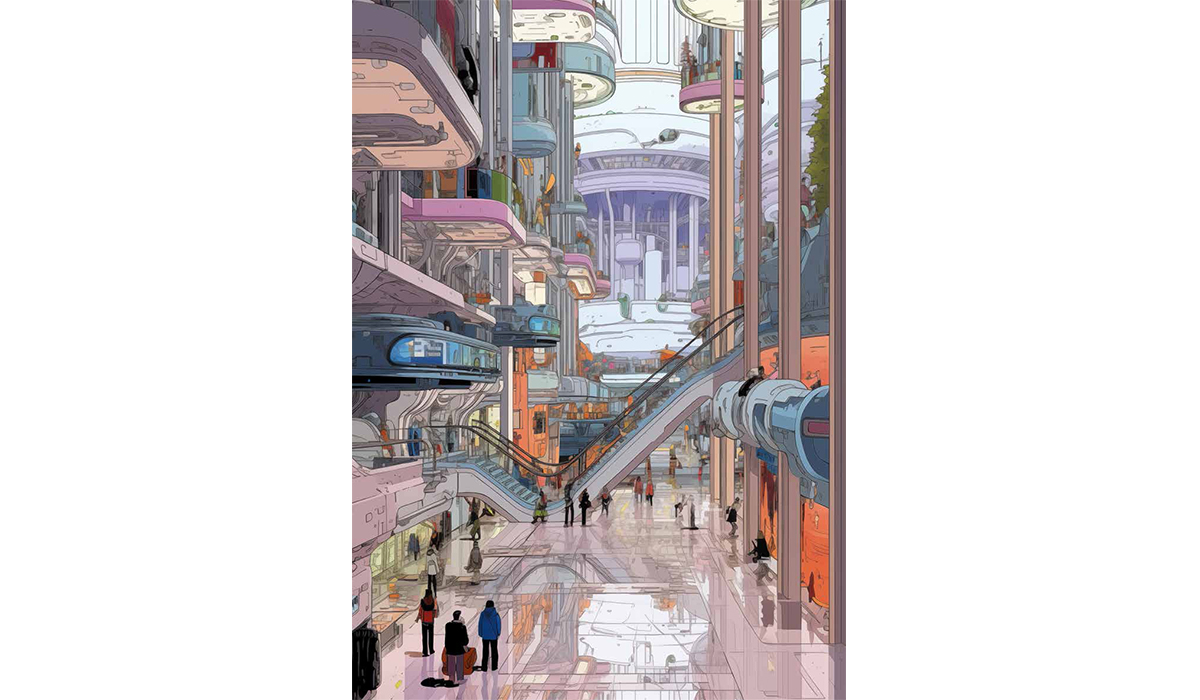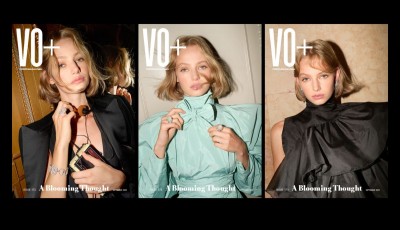NFTs: New Forms of Investment
From Tiffany & Co. to Gucci. Here’s how digital versions of art and jewelry are revolutionizing the luxury market
In 2500 BC, Aristotle coined the term “Metaphysics” alluding to everything that comes after and beyond physics. We can therefore say that the “birthplace” of the contemporary Metaverse is nothing more than a technological transposition of what the Greek philosopher defined and that now takes shape in a hyperspace no longer made of earthly or celestial matter, but of bits running through the ether, creating parallel worlds in which to fantasize, live, play, buy... In fact, in 2021, Meta Platforms Inc. - aka, Meta, the “parent company” of Facebook, Instagram, WhatApp and Messenger and Oculus Rift virtual reality headsets, founded by the king of social Mark Zuckerberg - hired 10,000 people in Europe to bring the Metaverse to life with the aim of rapidly populating it with new ways to carry out brand awareness and marketing. Events such as the Metaverse Fashion Week and environments such as the Metaverse Fashion District, virtual places where major luxury brands have landed with their e-shops or “Meta-oriented” projects, are good examples. See Meta-boutique Cavalli Maison, the “land” designed by Gucci on The Sandbox Metaverse (an online gaming platform), and Louis Vuitton, which, to mark its 200th anniversary, launched a historically themed game complete with mascot, Vivienne, and commissioned digital artist Beeple to create a capsule of 30 NFTs. Modalities that have not even spared the mass market segment, as demonstrated by the collections and virtual spaces that Zara, Pinko, Mango and Nike have launched on Meta. But it is the luxury segment that is changing the rules of the game by conferring unimaginable acceleration, starting with a simple Tweet... «It all began in April 2022 with a playful tweet by Alexandre Arnault, Vice President of Tiffany & Co., who changed his profile image to a CryptoPunk NFT,» says Natalie Stone, Brand lead for CryptoPunks. «It was a rose gold and enamel pendant engraved with Tiffany's logo and the code #3167 to certify the NFT blockchain. Value in ETH 160, or $416,400. The “Twitterverse” immediately went wild and Tiffany rode this long wave by creating a collection inspired by CryptoPunks, converting the subjects and colors of NFTs into precious stones and enamels. On 5th August, the “NFTiff ” collection was launched with 250 NFTs priced at 30 ETH each, offering the public the chance to commission their own customized piece of jewelry. The capsule sold out in 22 minutes and raised the ETH equivalent of 12.5 million dollars. The “NFTiff collection” is a really interesting example of how decentralized ecosystems can work, allowing everyone the opportunity to market CryptoPunks as they wish. This digital resource is an incredibly powerful tool for designers and artists since it merges real-world utility with digital ownership. While Arnault deserves all the credit for this operation, the perfect timing was certainly not coincidental: it happened just after we (Yuga Labs) officially released the intellectual property (IP) to each CryptoPunks holder. IP rights (under license), which were immediately assigned to Punks' holders after acquisition, are also a key part of the DNA of the Bored Ape Yacht Club (another collection of 10,000 NFTs created by Yuga Labs, ed.) and have set a new standard for licensing and the concept of digital ownership in the web3 space.» In other words, Yuga Labs creates limited-edition virtual works, the intellectual property of which is passed on to the purchasers guaranteeing Yuga Labs a 2.5% commission on all trades of that NFT, which for the “bored monkeys” of the Bored Ape collection meant over $2.4 billion. A business also triggered by the immediate status symbol effect due to the purchase of digital “monkeys” by VIPs such as Gwyneth Paltrow and Justin Bieber, who bought a customized one in February 2022 for the modest sum of $1.3 million. But back to the case history of Tiffany and CryptoPunks. Did the success of the “NFTiff ” capsule lead to further developments? «By policy, we at Yuga Labs see ourselves more as a platform and co-curator/co-builder: we prefer to promote artists, brands and our partners. The future of the CryptoPunks project lies in continuous and evolving collaboration and dialogue with our community of creatives, makers and technicians. This is what amazes us about the Metaverse: we are really co-constructing a new territory together and this is the key element of the Web3 ethos,» continues Natalie Stone. «The project with Tiffany & Co. also ignited the debate on NFTs due to the listings achieved. But the truth is that the capsule sold out instantly and the pendants are loved. At our events, members of our community proudly wear their NFTiff Punks and flaunt them like a badge of honor. This prestigious collaboration with a brand of such caliber and the high price tag are in line with what CryptoPunks stands for today. Despite being only 6 years old, CryptoPunks is a “heritage” brand. Countless luxury brands have expressed interest in working with us, recognizing the collection as a contemporary work of art and our owners as style “influencers”. Let's not forget that right now, CryptoPunk #110 hangs on the walls of the Centre Pompidou in Paris as part of its permanent collection... something that should be kept in mind when speculating on real or perceived value. There are also many parallels between the worlds of fashion and digital art. We have established a multi-year partnership with Gucci, exploring the interaction between luxury fashion, art and storytelling in the Metaverse. It all started with the creation of the 10KTF Gucci Grail collection, designed by Alessandro Michele and made by “digital artisan” Wagmisan. More recently, we produced Gucci's limited edition Otherside Relic, in which the KodaPendant is a digital and physical jewel, marking Gucci's debut in Otherside Metaverse, a virtual game platform. This leads me to say that reconceiving luxury goods for a web3 world has endless possibilities, as does re-conceiving web3 technology for luxury goods. When we weave the physical and digital together, we can innovate to the very limits of the impossible.»






